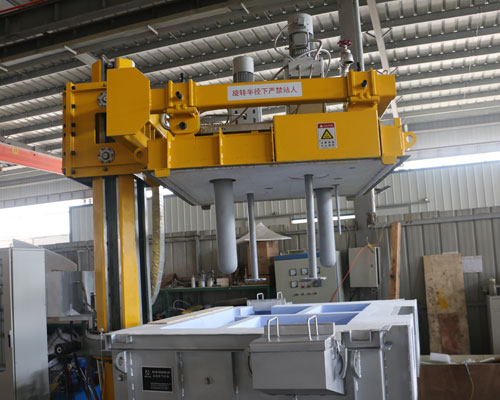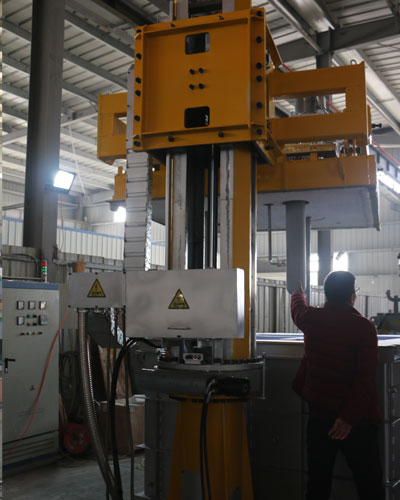The rotating degasser is usually used for degassing aluminum with nitrogen. In fact, not all rotary deaerator are the same. It is important to have the best nozzle design to produce high-efficiency small bubbles. By reducing the processing time and reducing the use of gas, a large amount of cost can be saved.
In the past, the metal casting industry tends to be simple nozzle design, which has low manufacturing cost, but it will produce large bubbles. Due to the reduction of efficiency, the road has brought about the wrong economic benefits. Once the degassing device is completely lowered to the position of liquid metal and shaft, the degassing of aluminum with nitrogen can be started. The best axis position is slightly off the center line of the box to help avoid vortex formation and its circular rotation in liquid metal. The offset distance is 2-4 inches.
The AdeTech aluminum rotating degasser uses a baffle in the box design because it resists the circulation of metal and reduces the formation of eddy current.
Remove it in a suitable position, turn on the power supply to the device, and set the shaft speed to 300 rpm. The inert gas flow should also be on and the operator should adjust the gas flow and shaft speed. When bubbles float on the surface of liquid metal, the air flow should be increased until the bubbles are seen. As the air flow increases, the bubble size increases.

Degassing Aluminum with Nitrogen
The ideal result of degassing aluminum with nitrogen is the good dispersion of small bubbles and keeping a relatively quiet surface. When finding the best combination of flow and shaft speed, note the parameters to be used in the future. Also note the total degassing time, usually between 4 and 8 minutes, unless the temperature is high or the amount of gas required is very low.
The following are five major types of irregularities found in aluminium castings:
- Shrinkage defects occur during shrinkage curing. Open shrinkage defects are found on the surface of castings, and when isolated liquid is formed in solidified metal, closed shrinkage defects are formed inside the casting.
- The porous liquid aluminum can hold a large amount of dissolved gas, while solid aluminum can not. As a result, the gas bubbles in the metal when cooled, which reduces the overall strength of the casting. The porosity of gas is most common due to the dissolved hydrogen in molten metal.
- Casting metal defects – errors can occur when casting molten metal. Liquid metals may not fill the entire mold cavity, resulting in parts not being filled. Alternatively, the two front edges of the metal may not be able to fuse correctly in the cavity, leading to weakness.
- Metallurgical defects – sometimes the chemical composition of the metal does not provide the best cooling conditions. This can cause hot spots, and the hard areas on the surface of the casting cool faster than the surrounding metal.
- Mold defects – weak metal during heat. If the die is not designed properly, residual stress will be produced in the material during cooling, which will lead to thermal crack.

